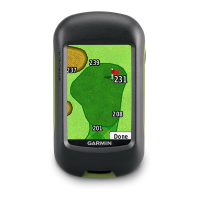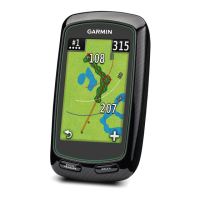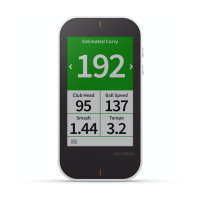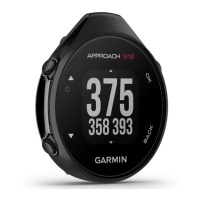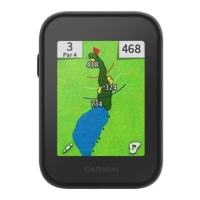Do you have a question about the Garmin Apollo GX55 and is the answer not in the manual?
Turns the unit on and initiates the startup sequence.
Acquires satellite signals for initial positioning and faster fixes.
Procedure to input a starting reference point for GPS positioning.
Steps to modify the current reference waypoint for navigation.
Quickly setting a destination waypoint for direct navigation.
Accessing detailed data about a selected waypoint from the database.
Explains key navigation parameters like ETE, Bearing, and Range on the display.
Details CDI, distance off track, and track angle calculations.
Covers Desired Track, Track Angle, Track Error, and Ground Speed.
Covers Minimum Safe Altitudes and flight time data.
Covers Nearest Waypoint Search, UTC time, and ETA.
How to find waypoints relative to a chosen reference point.
Covers creating and managing FROM/TO/NEXT waypoints in a flight plan.
Procedure to temporarily suspend waypoint sequencing in a flight plan.
Explains using Direct-To for navigation and flight plan integration.
Details default settings and operational steps for the Direct-To function.
Demonstrates common uses of the Direct-To function, like centering the CDI.
How to add a new waypoint into an active flight plan.
Procedure to create a user waypoint using Latitude and Longitude coordinates.
Procedure to create a user waypoint referenced by radial and distance.
Explains flight plan pages, reaching the function, and active flight plans.
Step-by-step guide to entering a new flight plan name and waypoints.
Details automatic leg sequencing and viewing leg-specific information.
Describes the graphical map view showing aircraft position, route, and nearby features.
Covers map scale, controls, and split-screen map/nav info display.
Explains how to configure map orientation and draw route lines.
Options for map orientation and controlling waypoint identifier display.
Settings for airspace notification, map display, and distance/time buffers.
Configuration for ATC rings around airports and airspace alerts.
Choosing specific airspace types (Class B, MOA, etc.) for display and alerts.
Turns the unit on and initiates the startup sequence.
Acquires satellite signals for initial positioning and faster fixes.
Procedure to input a starting reference point for GPS positioning.
Steps to modify the current reference waypoint for navigation.
Quickly setting a destination waypoint for direct navigation.
Accessing detailed data about a selected waypoint from the database.
Explains key navigation parameters like ETE, Bearing, and Range on the display.
Details CDI, distance off track, and track angle calculations.
Covers Desired Track, Track Angle, Track Error, and Ground Speed.
Covers Minimum Safe Altitudes and flight time data.
Covers Nearest Waypoint Search, UTC time, and ETA.
How to find waypoints relative to a chosen reference point.
Covers creating and managing FROM/TO/NEXT waypoints in a flight plan.
Procedure to temporarily suspend waypoint sequencing in a flight plan.
Explains using Direct-To for navigation and flight plan integration.
Details default settings and operational steps for the Direct-To function.
Demonstrates common uses of the Direct-To function, like centering the CDI.
How to add a new waypoint into an active flight plan.
Procedure to create a user waypoint using Latitude and Longitude coordinates.
Procedure to create a user waypoint referenced by radial and distance.
Explains flight plan pages, reaching the function, and active flight plans.
Step-by-step guide to entering a new flight plan name and waypoints.
Details automatic leg sequencing and viewing leg-specific information.
Describes the graphical map view showing aircraft position, route, and nearby features.
Covers map scale, controls, and split-screen map/nav info display.
Explains how to configure map orientation and draw route lines.
Options for map orientation and controlling waypoint identifier display.
Settings for airspace notification, map display, and distance/time buffers.
Configuration for ATC rings around airports and airspace alerts.
Choosing specific airspace types (Class B, MOA, etc.) for display and alerts.

